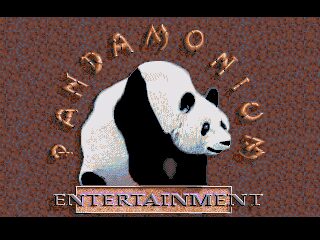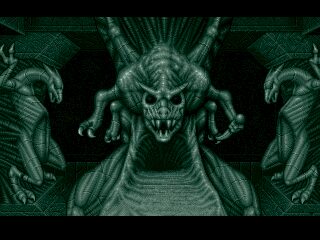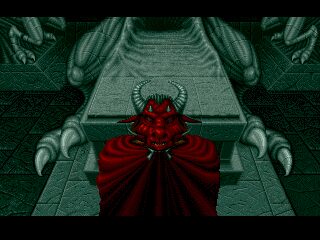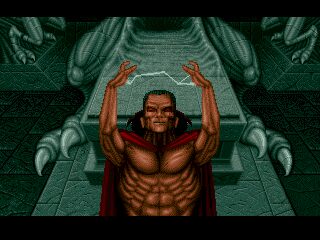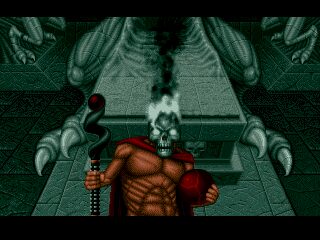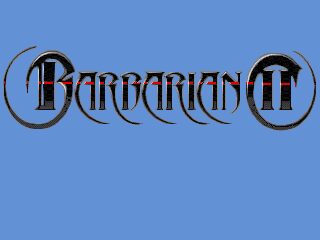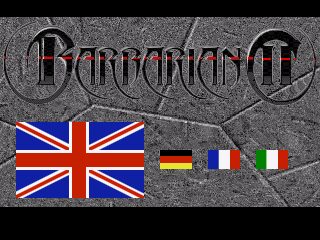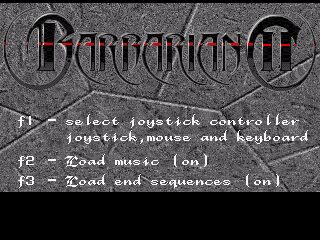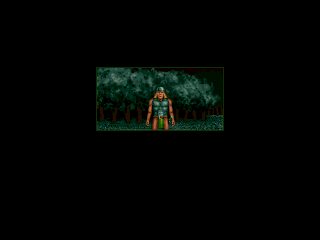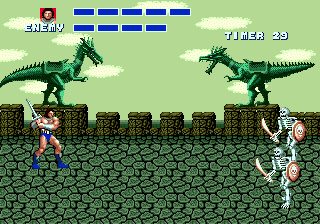Barbarian II is a fantasy action game released by Psygnosis in 1991 for Amiga and Atari ST. It's the sequel of the 1987 Barbarian, and should not be confused with Palace's Barbarian II: The Dungeon of Drax.
The game is a side-scrolling action game developed by Pandamonium and published by Psygnosis, a company renowned for its visually striking and often experimental titles. Not to be confused with Barbarian II: The Dungeon of Drax, this game takes a different approach, emphasizing fast-paced combat, brutal action, and a heavy metal fantasy aesthetic. Though it didn’t gain the same level of recognition as other Psygnosis titles, Barbarian II delivers an intense, if flawed, experience that still holds some appeal for fans of the genre.
The story follows a lone warrior battling through hordes of monstrous enemies in a dark and dangerous fantasy world. Unlike more narrative-driven games, Barbarian II focuses purely on action, dropping players into a relentless gauntlet of sword fights and platforming challenges. The game’s design leans heavily on the "rule of cool"—big, imposing warriors, oversized weapons, and brutal combat animations.
The gameplay is centered around side-scrolling melee combat. Players must cut through waves of enemies using a combination of slashes, blocks, and well-timed dodges. The combat system, while straightforward, has a certain weight and impact that makes each encounter feel satisfying. Enemies range from skeletal warriors to monstrous beasts, each with different attack patterns that force players to stay on their toes. The challenge is high, and careless mistakes are often punished with swift and bloody deaths.
The art direction is dark and atmospheric, with heavily detailed environments that create a grim, foreboding world. The character sprites are large and well-animated, and the game makes use of smooth parallax scrolling to add depth to its backgrounds. While not as polished as some of Psygnosis’ later efforts, the visual presentation is still impressive for its time.
The soundtrack, while limited, complements the game’s brutal aesthetic. The music is moody and dramatic, enhancing the sense of danger at each level. The sound effects, particularly the clash of swords and the cries of fallen enemies, add to the overall impact of the combat.
One of the game’s major drawbacks is its difficulty and the repetitive levels. Compared to other action games on the Amiga, it didn’t quite reach the heights of genre-defining titles like Shadow of the Beast, but it still found an audience among players who enjoyed a tough, visually striking hack-and-slash experience.


